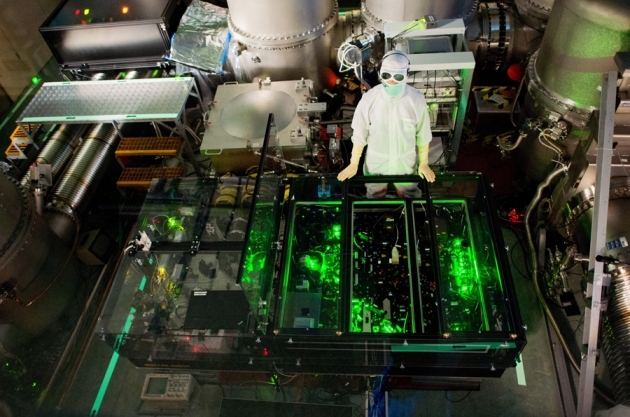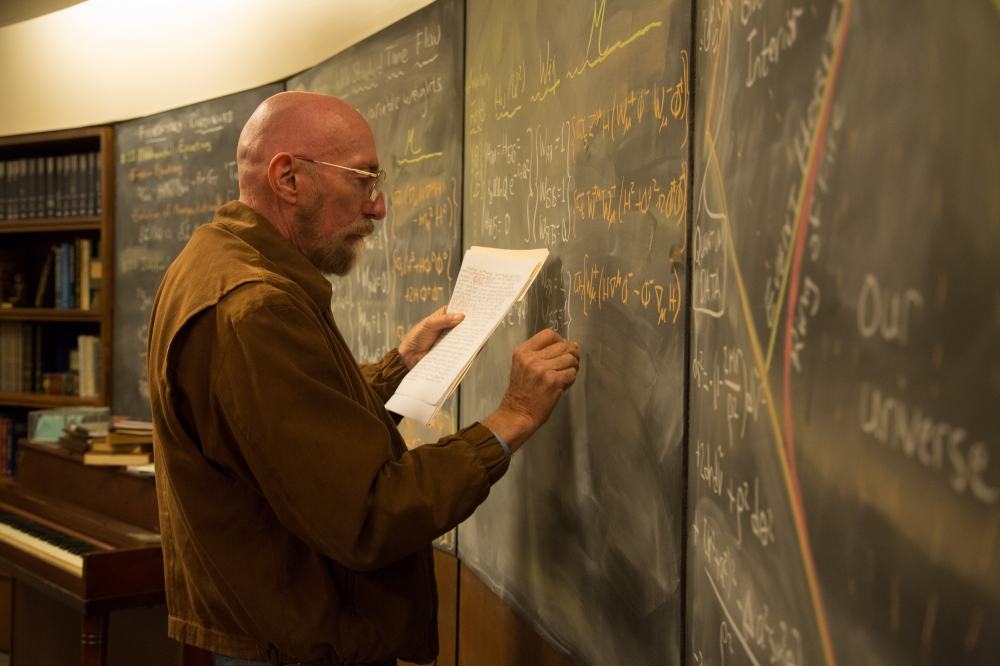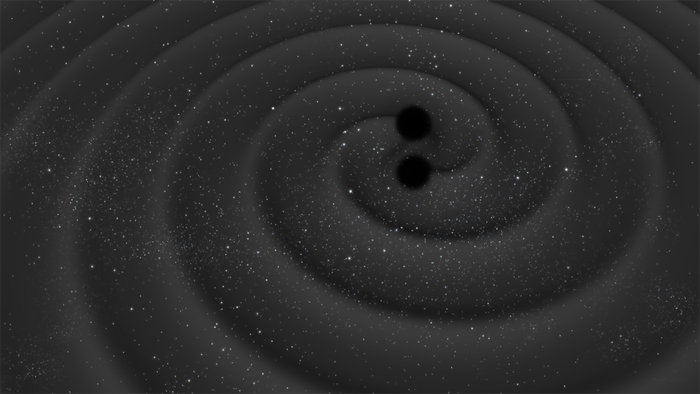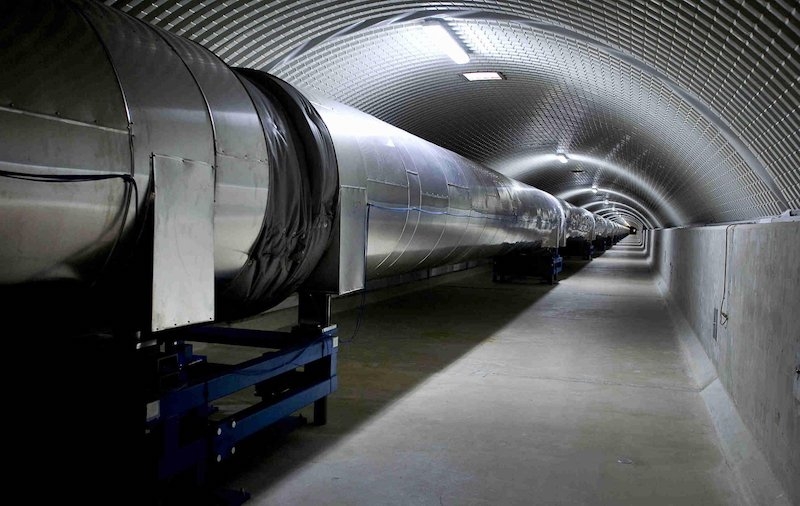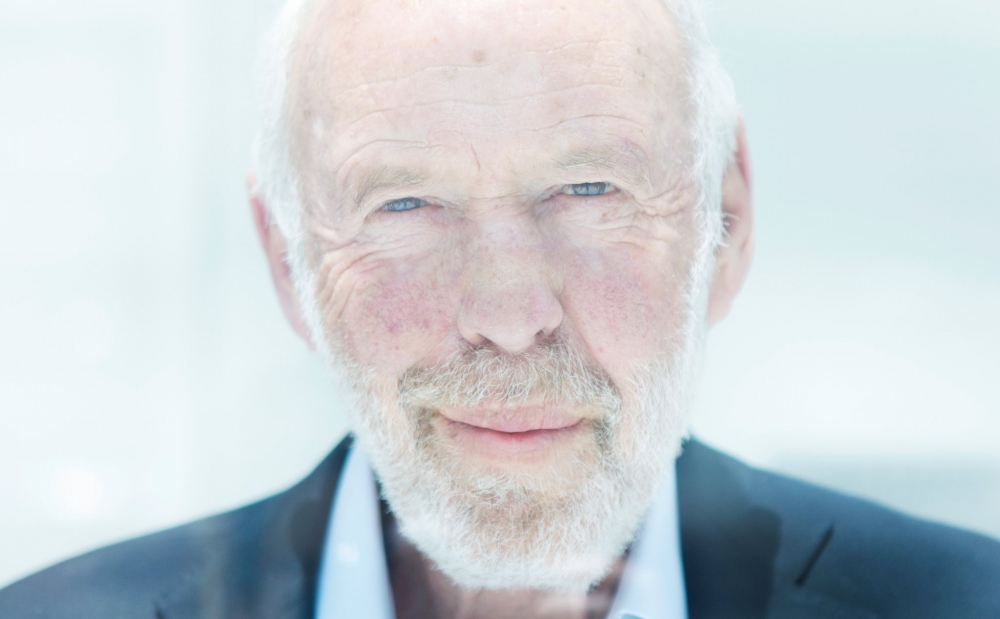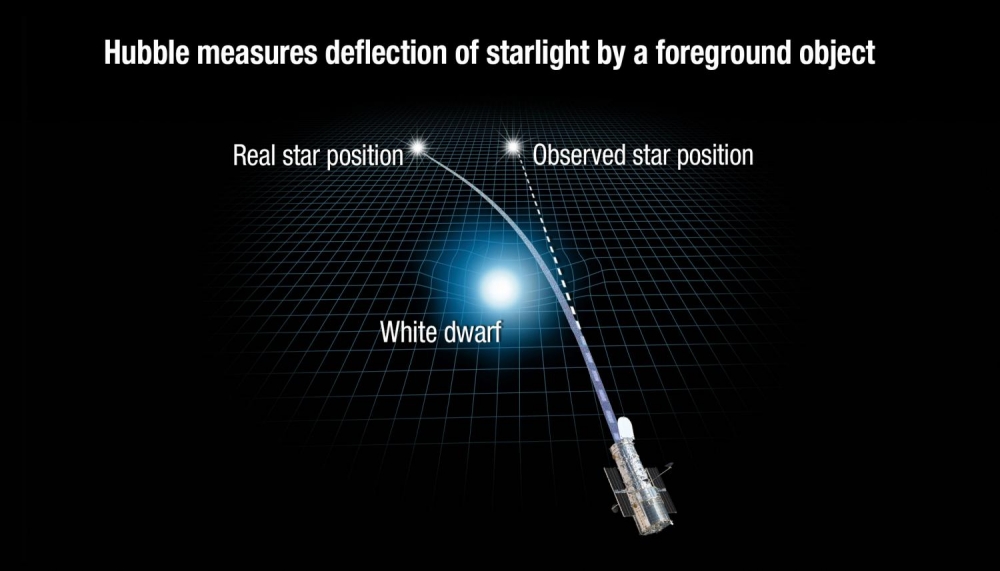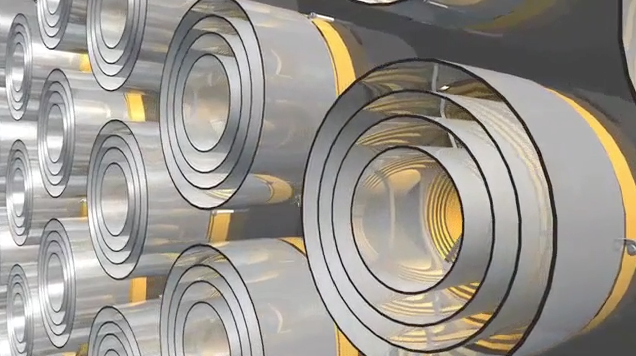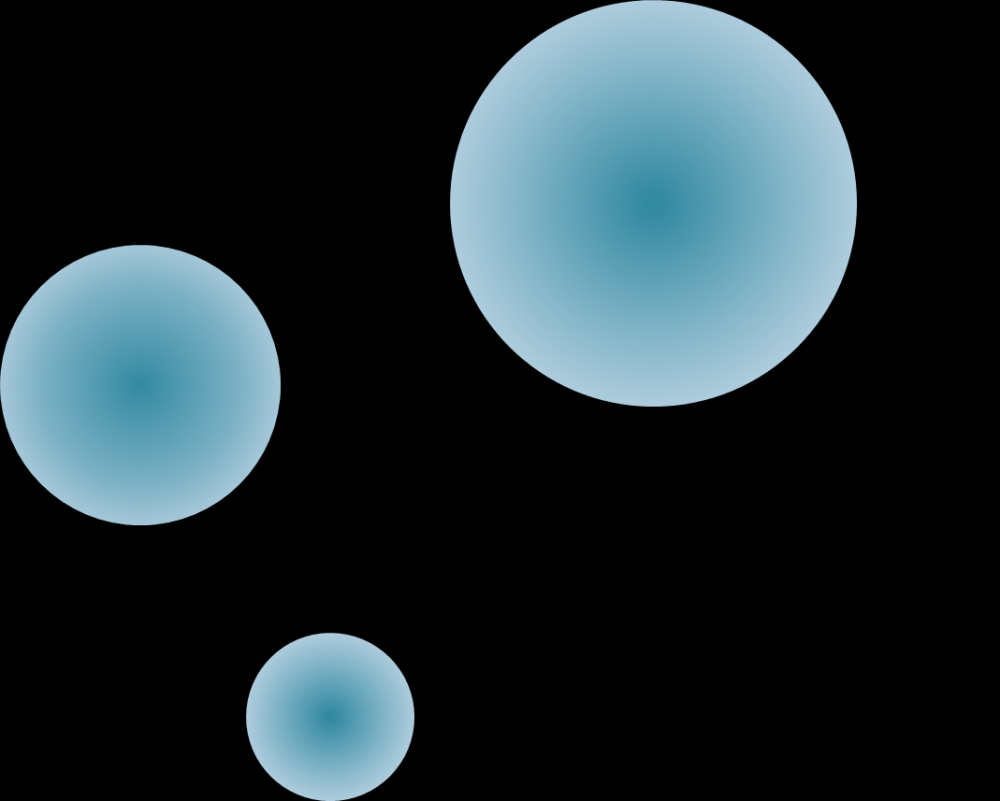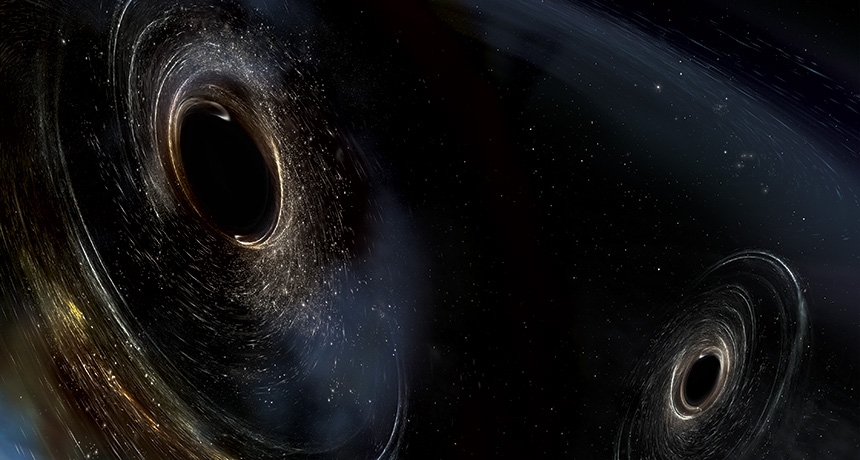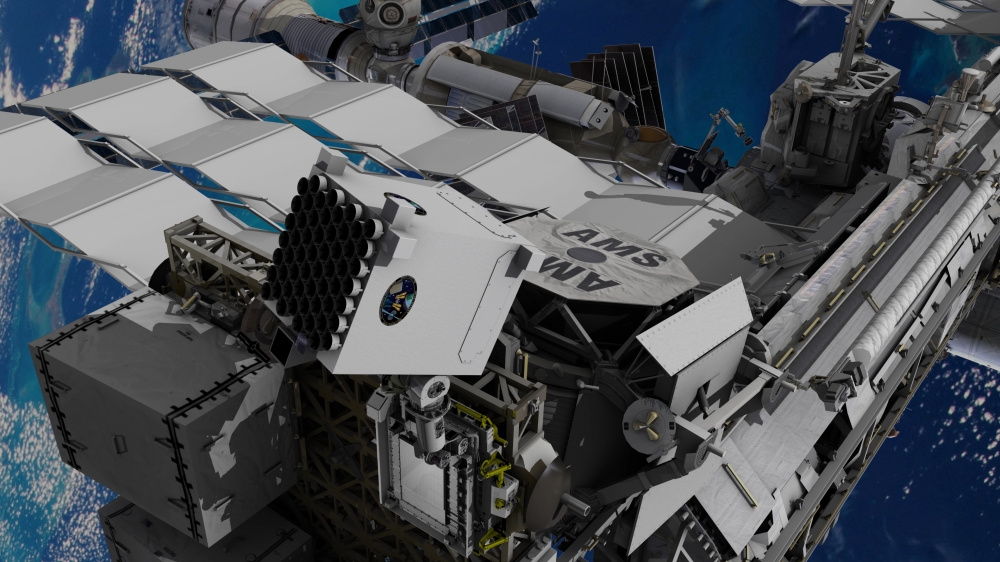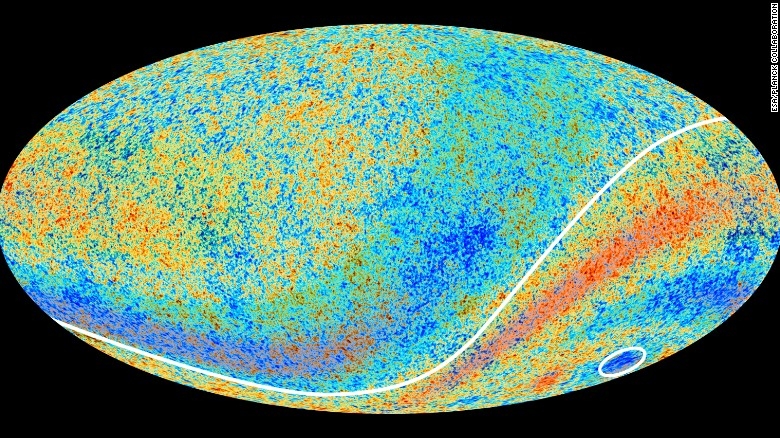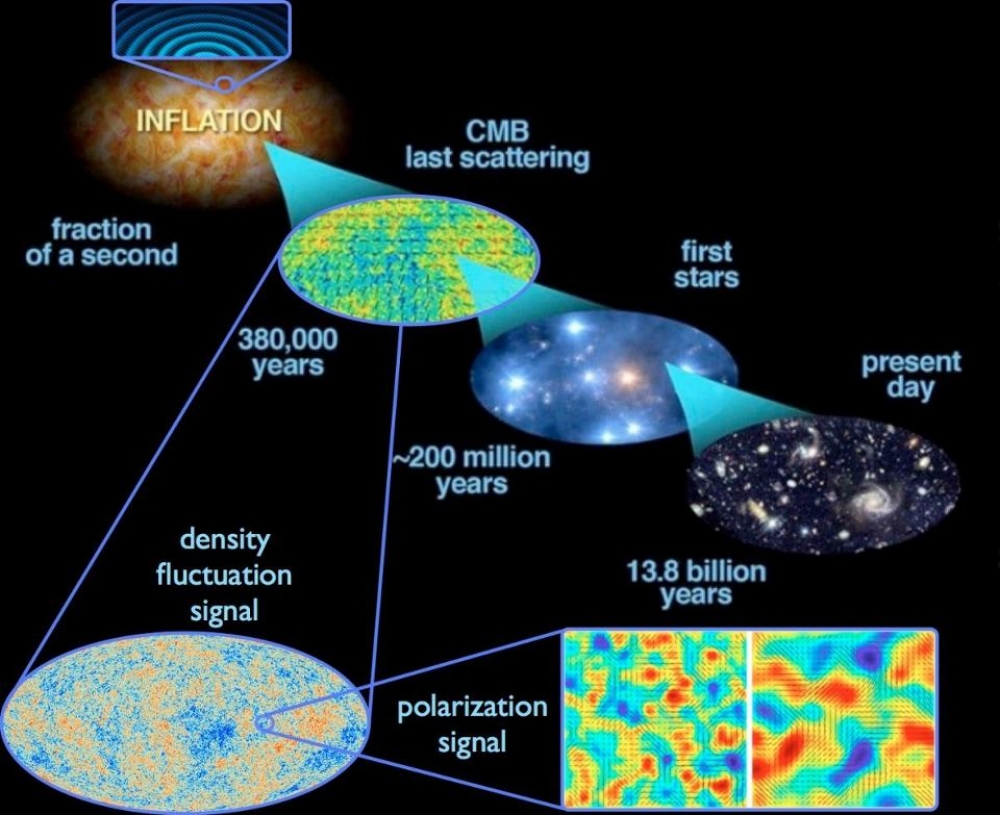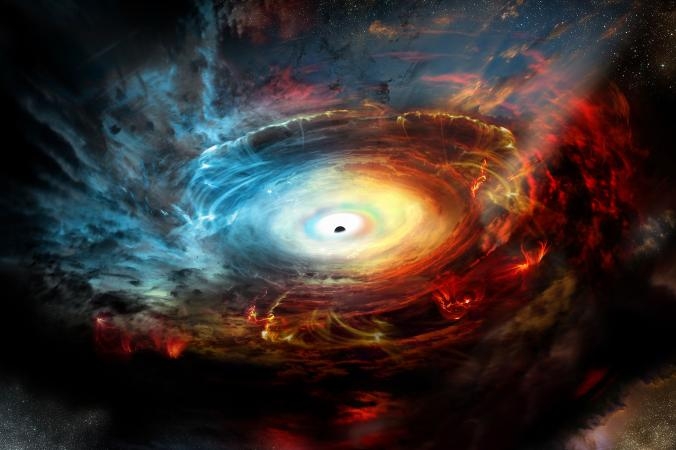The cosmic dance of three dead stars could break relativity
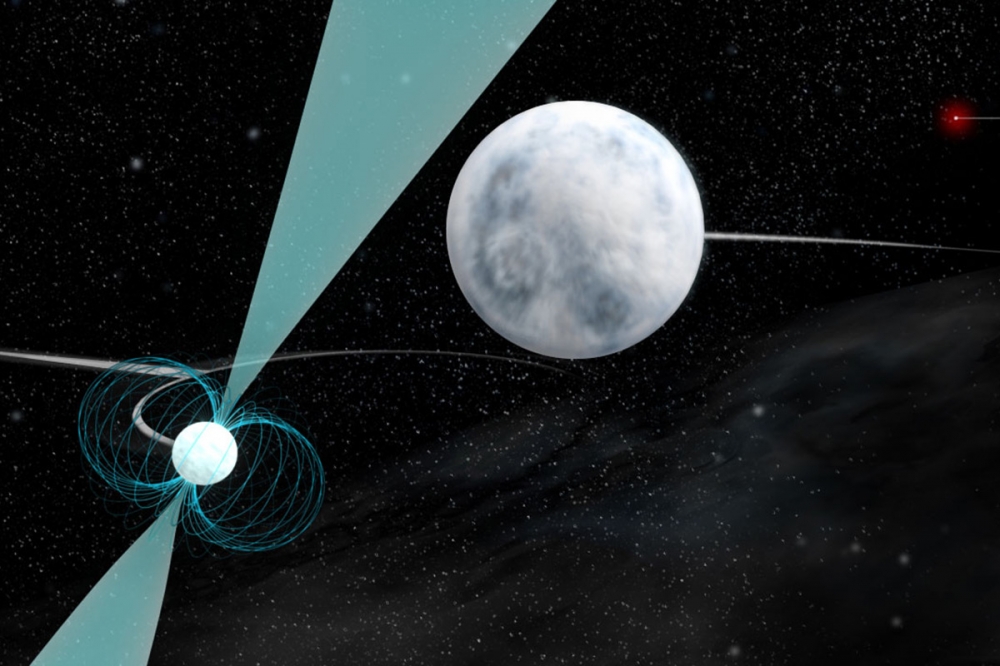
A fundamental challenge
Bill Saxton/NRAO/AUI/NSF
By Joshua Sokol
Imagine you’re an astronomer with bright ideas about the hidden laws of the cosmos. Like any good scientist, you craft an experiment to test your hypothesis.
Then comes bad news – there’s no way to carry it out, except maybe in a computer simulation. For cosmic objects are way too unwieldy for us to grow them in Petri dishes or smash them together as we do with subatomic particles.
Thankfully, though, there are rare places in space where nature has thrown together experiments of its own – like PSR J0337+1715. First observed in 2012 and announced in 2014, this triple system is 4200 light years away in the constellation Taurus.
See full text

